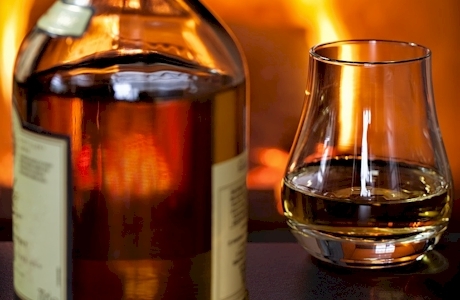WHISKEY GLASSES
It’s hard to believe that something as seemingly benign as the shape of a glass can impact your tasting experience. The shape can impact your ability to experience the volatile esters carrying the aromas, and ultimately, our experience of taste

The Shot Glass
The name and origin of the shot glass is shrouded in mystery. While theories abound, none seem particularly accurate. Some postulate it held bullets surgically removed from patients who’d been “shot.” Others claim that old-time writers filled it with lead “shot” to stand their quill pens upright. Another argues that it’s an Americanization of famed German glassmaker Frederick Otto Schott’s name. I believe its purpose was to reduce the foul smell of old-west whiskey. The wide-mouthed inverted-cone shape prevents the esters from gathering at the top of the glass and allows the liquid to pour out faster. That’s also why it’s NOT a good glass for Scotch tasting!

The Brandy Snifter
The brandy snifter is a wine glass variant allowing brandy to evaporate on the sides of the tasting glass. The wide boll and narrow opening allow for aggressive swirling, enhancing the release of aromas. Additionally, the broader bottom allows for increased heating from hand contact, increasing ester release through evaporation.

The Whiskey Nosing Glass
The modern whiskey tasting glass, also called a nosing glass, is a variant of the brandy snifter. The tulip shape combines swirling capabilities with enhanced “nosing.” It makes the smelling and tasting easier, requiring less “hoist” that a brandy glass.

Cut Crystal Whiskey Nosing Glass
Cut crystal whiskey glasses are beautiful, but can be less desirable for critical tasting because decorations can block a clear view of the whiskey. Many accomplished scotch whiskey tasting authorities use Riedel clear-crystal glasses, but between you and me, I’m happy with plain old glass.

